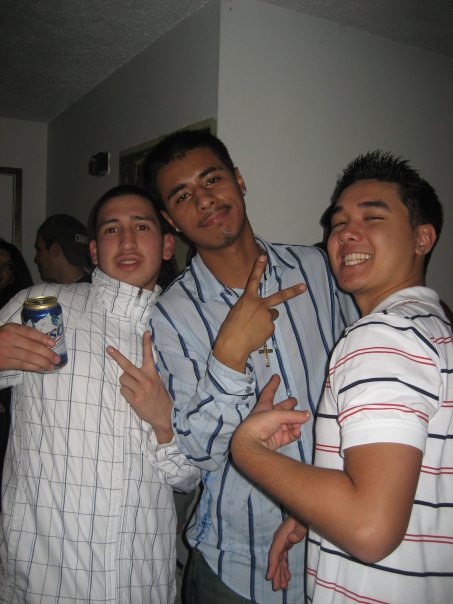Throughout this semester, this blog has taught me some things, while reinforcing other opinions and thoughts that I have had.
The first thing I learned was that a panel was actually held to discuss the multiracial aspect of application forms here in the United States. I did not know that 2000 was the first time that people were able to choose more than one box to identify what ethnicity they are. For the 2010 census, people can for the first time check a box outside the constraints of the six or so boxes one can choose.
Going off of that, I learned about Kip Fulbeck’s book Part Asian, 100% Hapa. This book was a chance for people to say what they are, not having to chose a box. Fulbeck talked about how he did not feel as if checking a box said who he actually was, and that is where his book came into play. I love this idea, because not only does it give people a chance to say what ethnicity they are, but they can also say what they are, ie a mother, father, brother, sister, etc.
Now to the things I knew but were reinforced…
I knew that people of bi/multiracial ethnicity face as much discrimination and racism as women and minorities. It does not matter if you are half white, what matters to America is the color of the skin on the outside, and whether or not the “blood” on the inside is 100% white. It is funny to me how Americans conveniently forget that our country was “founded” by immigrants who mixed with Native Americans and other European peoples, and that no one in America who is white is completely of one ethnicity.
I also knew that bi/multiracial people face an identity crisis, as well as an acceptance crisis. What do we identify as? Will we be accepted? There is a constant struggle between biracial people as to what ethnicity to identify as. One may identify too much with one more than the other, thus not being accepted by the latter. However, no matter how much one identifies with the former, more often than not they still will not be accepted by the former. The only place where biracial people seem to be accepted is within a circle of other biracials.
I plan to keep up on the issues surrounding biracial and multiracial people. Hopefully, in my lifetime, we will be able to see change. But, looking at the history of this country, I am looking at an empty hope.

You must be logged in to post a comment.